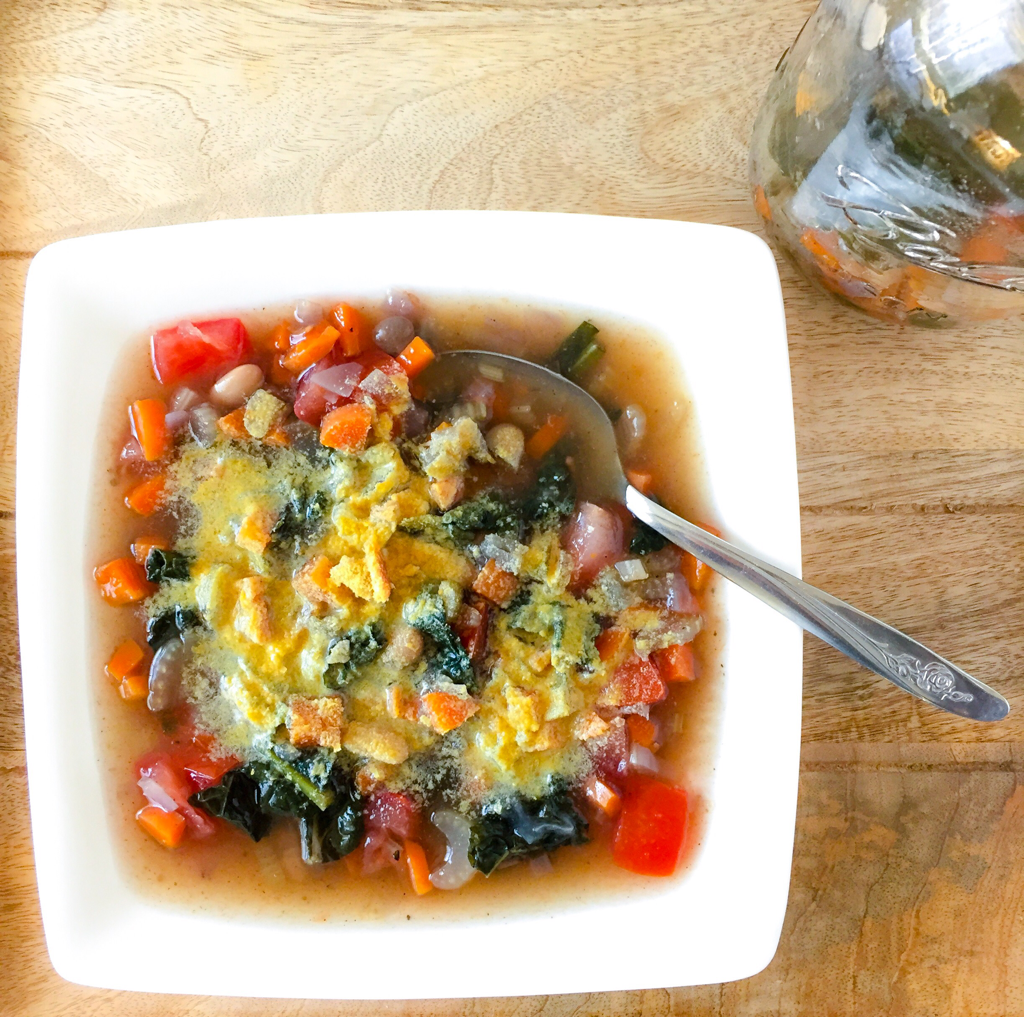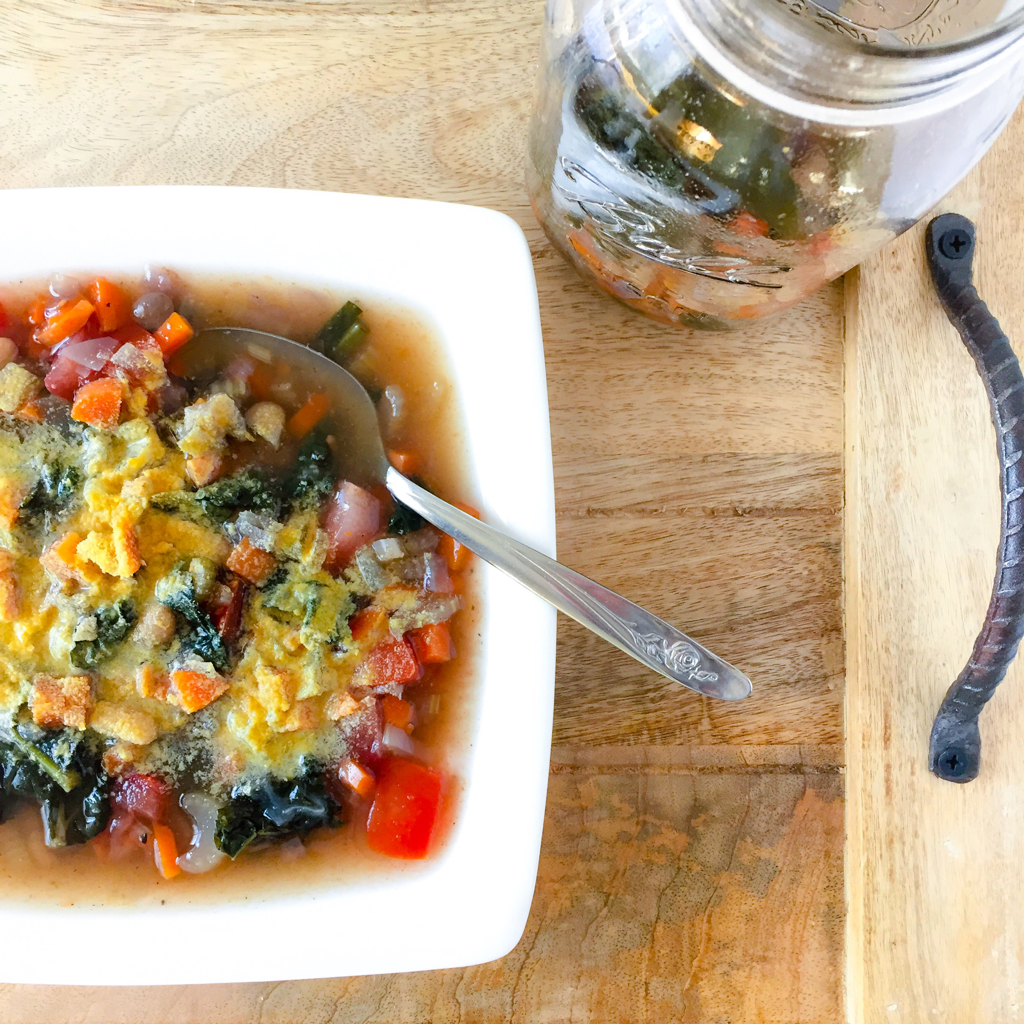For those of you who have been following along on my blog journey, thank you for being patient and my apologies for being absent. I will get more in depth as to why I have been a bit MIA in my next post. In a roundabout way, it ties into the Valentine's themed recipe I have coming up.
In the meantime, I have been trying out nutritional yeast and lots of simple prep meals. Gradually, I am trying to ween myself off of cheese. Or to have a bit less of it if nothing else. It is the one holdout of all the dairy products I have cut from my diet due to severe lactose intolerance. Since hard, aged cheese contains very little of the sugar lactose, those of us missing the enzyme lactase are better able to digest certain cheeses with minimal symptoms. But, these cheeses also contain high amounts of saturated fat and sodium.
Nutritional yeast is a pasteurized inactive yeast that contains a variety of B-Vitamins, high levels of protein, fiber and a variety of minerals such as iron, potassium and zinc. It is grown on beet molasses or cane sugar and is a completely different, beneficial strain of yeast than Candida albicans, which is known for causing illness due to overgrowth. For those trying to avoid GMO products, look for organic and/or cane sugar grown nutritional yeast products, as sugar beets tend to be genetically modified in the U.S. and currently, nutritional yeast is not approved for non-GMO certification.
Based on my research, it seems there is a bit of controversy surrounding an amino acid in nutritional yeast called glutamic acid, which is also present in MSG. In nutritional yeast, L-glutamic acid is a pure protein-bound, naturally occurring amino acid. It serves as a protein building block, but is also essential to the central nervous system, acting as a neurotransmitter. Even if we take every precaution to avoid consuming glutamic acid, our bodies can and do use other amino acids to produce it. In fact, glutamic acid is present in a great number of foods including meats, fish, hummus and soy. MSG, on the other hand, is factory made by breaking down L-glutamic acid using a chemical reaction that separates the glutamic acid from the protein it is bound to, and isolating the sodium salt component. Contaminants such as D-glutamic acid and carcinogens are introduced during production of MSG. These toxic byproducts and the extremely high sodium content are what contribute to the symptoms and illnesses many experience after consuming MSG. So to be clear, nutritional yeast is safe to eat and is free of MSG. The confusion lies in the fact that both products contain the same amino acid: one in its purest form, the other altered and refined.
Often described as nutty or cheesy, I personally find nutritional yeast to be a bit earthy in flavor. When sprinkled onto meals, it is milder and less salty than parmesan. I think it takes a little getting used to if you are a loyal and frequent consumer of cheese, but worth trying. Give it a chance the next time you make a nice soup, like my version of Tuscan Bean Soup.
Bon Appétit!
olive oil
1 small red onion, minced
1 celery stalks, diced
1 carrots, diced
1 tomato, chopped
1 cup chopped kale
1 cup white kidney beans
1 tablespoon poultry seasoning
salt and freshly ground black pepper, to taste
2 cups vegetable broth or water
1/4 cup nutritional yeast
Directions:
In a sauce pan, heat the oil and add the onion, celery and carrots. Saute over medium-high heat until the onion becomes translucent. Add all of the remaining ingredients, except the nutritional yeast. Turn the heat to low, cover and simmer for 20 minutes. When ready to serve, spoon into serving bowls and sprinkle each with a tablespoon of nutritional yeast or parmesan cheese. Serve with warm bread or a side salad.
Yield: 4 servings




 RSS Feed
RSS Feed